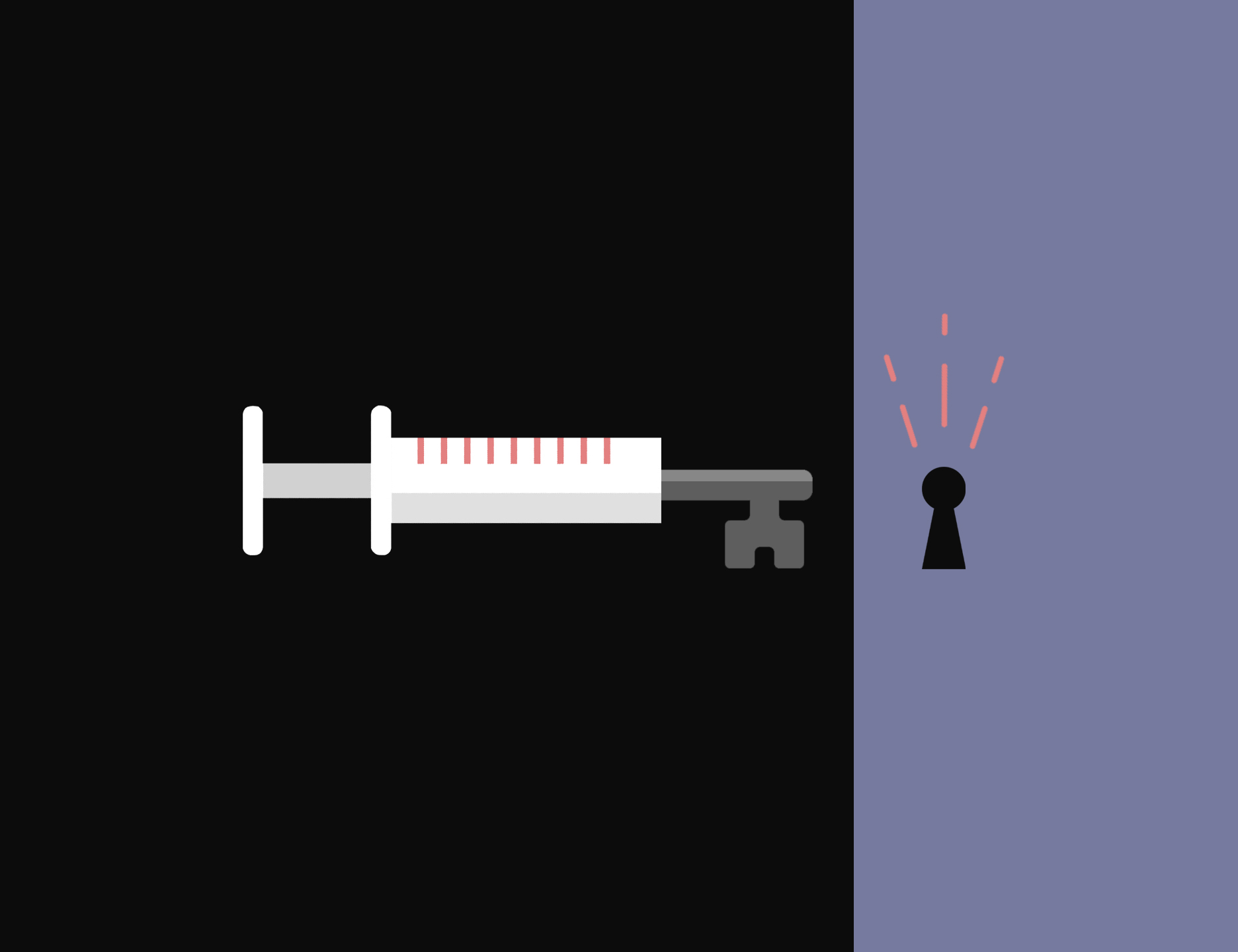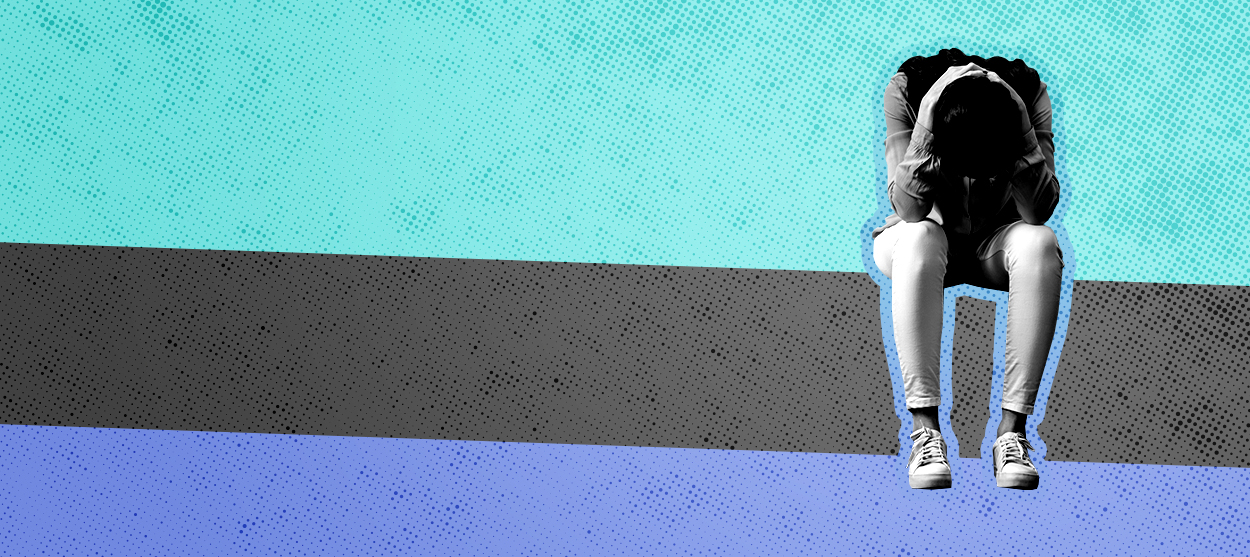Why are people freezing their bodies?
How cryotherapy could be the next big thing in health care


When she tore the meniscus in her knee, former model and fitness instructor Heather O'Neill was out of a job. She couldn't teach with her injury. She needed to heal, and fast.
So, she tried something different. She decided to freeze her body. Or, more accurately, she decided to try cryotherapy.
Cryotherapy exposes your body to cold temperatures. And I mean extremely cold. In most cases, the client's body is enclosed in a chamber with temperatures ranging between -200°F and -240°F. After a few sessions, O'Neill was healed, and returned to work. Later, she used the same process to help heal a broken foot, and it worked again. She was so impressed with cryotherapy that she decided to open her own CryoFit studio.
The Week
Escape your echo chamber. Get the facts behind the news, plus analysis from multiple perspectives.

Sign up for The Week's Free Newsletters
From our morning news briefing to a weekly Good News Newsletter, get the best of The Week delivered directly to your inbox.
From our morning news briefing to a weekly Good News Newsletter, get the best of The Week delivered directly to your inbox.
Cryotherapy may sound futuristic, but it has actually been around for years. In 1978, a Japanese rheumatologist named Dr. Toshima Yamaguchi began researching whether rapid, short-term exposure to cold temperatures would be more effective than ice baths. He found that this rapid freezing brought relief to those with rheumatoid arthritis.
Since then, this treatment has spread to Europe, where further research was conducted. When top athletes started using whole-body cryotherapy to promote healing after sports injuries, the world took notice. Today, more than 400 cryotherapy treatment centers exist across the U.S.
So how, exactly, does cryotherapy work? Wearing socks, gloves, slippers, and little else, clients stand in cryotherapy chambers (also known as cryosaunas) for between 1.5 minutes and 4 minutes at a time. There are two different kinds of cryotherapy chambers: group and individual. In individual treatments, the client stands in a can-like chamber that is open at the top. The head remains above the can at room temperature. In group treatments, a group of clients sit in an enclosed sauna-like chamber. In this case, the client's whole body, head included, will be exposed to the freezing temperatures.
But what is it about extreme cold that's good for the body? Here's how Dr. Travis Utter, a physician and cryotherapy expert, explains it: "The extreme cold experienced within a cryosauna stimulates sensors on the skin, activating a response from the central nervous system," explains Dr. Travis Utter, a physician and cryotherapy expert. "Endorphins, which inhibit pain and elevate mood, are then released, while the strengthened blood circulation actually decreases inflammation, as toxins and metabolic waste are eliminated by a supply of oxygen and nutrient-enriched blood that stimulate cellular regeneration. This can lead to faster healing."
A free daily email with the biggest news stories of the day – and the best features from TheWeek.com
Various studies suggest that cryotherapy promotes healing and recovery for athletes. Other studies show that it relieves pain and inflammation in damaged muscles. It's also been shown to relieve pain for clients who suffer from rheumatoid diseases, which is what Dr. Yamaguchi originally intended for it to treat. Clients and cryotherapists alike claim that whole-body cryotherapy can also promote weight loss and help clients feel re-energized and relaxed.
The benefits may extend to mental health, too. Dr. Utter says this is because the freezing temperatures cause a release of endorphins, which can help people who are dealing with stress, depression, and anxiety. A 2014 study examined the effect of 10 whole-body cryotherapy sessions on the mental state of 55 test subjects. The study found that cryotherapy improved their mood and mental state, especially for those who had severe depression.
Another study found that patients experience improvement of mood, euphoria, relaxation, and consolation after cryotherapy treatments. And another study suggests that whole-body cryotherapy could possibly be a "short-term adjuvant treatment for mood and anxiety disorders."
While he believes cryotherapy can be very beneficial, physical therapist Liam Champion points out that cryotherapy is not without limitations. "This reduction in inflammation may lead to reduced perceptions of fatigue and muscle soreness and increased perceptions of recovery, which may benefit performance in the short-term," he says. "A growing body of evidence indicates that inflammation is a necessary process for tissue regeneration and, as such, regular use of cold water immersion may impair long-term muscular and vascular adaptations to exercise," he explains. Because of this, he argues that cryotherapy should be used sparingly.
In 2016, the FDA stated that no cryotherapy instruments are FDA-approved, so they recommend that potential clients consult a doctor before they try cryotherapy. The FDA argued that there isn't enough definitive evidence that whole-body cryotherapy can treat all the ailments it allegedly treats.
While we wait for more studies to ascertain the benefits and risks of whole-body cryotherapy, many people like Heather O'Neill — desperate for relief from an ailment that's hindering their lives — are benefiting from this futuristic treatment.
Sian Ferguson is a freelance writer based in Grahamstown, South Africa. Her work usually focuses on social justice, health, and cultural trends.
-
 Are zoos ethical?
Are zoos ethical?The Explainer Examining the pros and cons of supporting these controversial institutions
-
 Will COVID-19 wind up saving lives?
Will COVID-19 wind up saving lives?The Explainer By spurring vaccine development, the pandemic is one crisis that hasn’t gone to waste
-
 Coronavirus vaccine guide: Everything you need to know so far
Coronavirus vaccine guide: Everything you need to know so farThe Explainer Effectiveness, doses, variants, and methods — explained
-
 The climate refugees are here. They're Americans.
The climate refugees are here. They're Americans.The Explainer Wildfires are forcing people from their homes in droves. Where will they go now?
-
 Coronavirus' looming psychological crisis
Coronavirus' looming psychological crisisThe Explainer On the coming epidemic of despair
-
 The growing crisis in cosmology
The growing crisis in cosmologyThe Explainer Unexplained discrepancies are appearing in measurements of how rapidly the universe is expanding
-
 What if the car of the future isn't a car at all?
What if the car of the future isn't a car at all?The Explainer The many problems with GM's Cruise autonomous vehicle announcement
-
 The threat of killer asteroids
The threat of killer asteroidsThe Explainer Everything you need to know about asteroids hitting Earth and wiping out humanity



